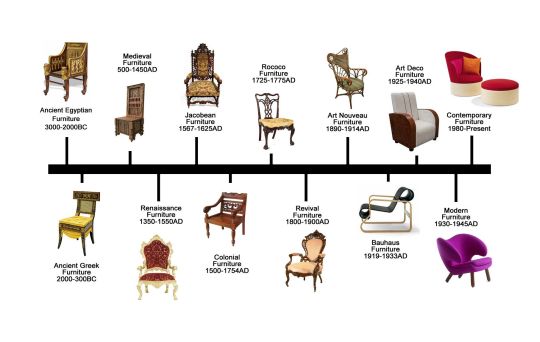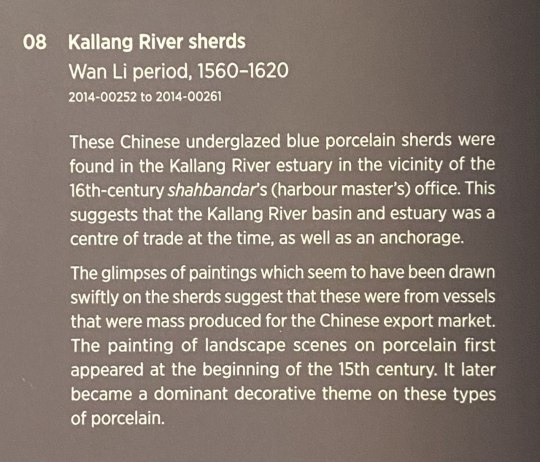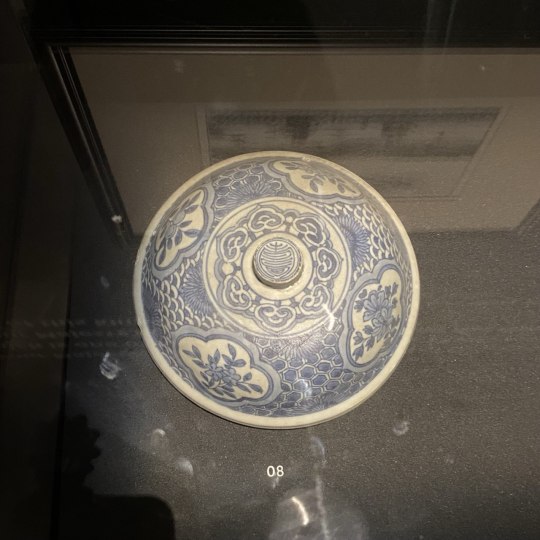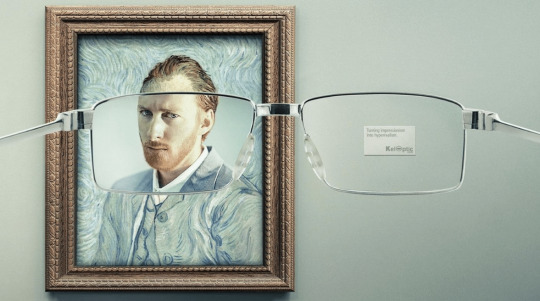Text
World of Ideas and Imagination summary/ reflection
In all honesty, initially I thought that I would find World of Ideas and Imagination a bore. However, as weeks progressed, I have learned and absorbed new and interesting topics every week. Therefore, I am delighted to say that my experience with this module has been an enthralling one.
The topics taught in World of Ideas and Imagination have truly made me a much more creative person. It has either served as a guide or inspiration for me, in creating new and novel creations. For example, when I was reading up and doing my research on structuralism and post structuralism, I discovered several designers that use philosophy as a reference or inspiration to make a typeface. Due to that, I am inspired to create art that not only captivates visually but also provokes thought in the audience. It’s about more than just aesthetics; it is about engaging the viewer’s mind. Hence, it has allowed me to interrelate individual artworks to broader themes.
On the other hand, when I was doing my research on phenomenology, it forced me to find the meaning of the artist's work by connecting their work with personal experiences in life. Due to this, upon teaching me, it has made me realise my love for articulating observations of a variety of artworks. has also taught me to recognise individual artistic inclinations.
(224 words)
0 notes
Text
Week 11 - Postmodernism
What is Postmodernism? Well, in order for one to truly understand postmodernism, they first need to grasp over the fact that postmodernism is 1 out of the 3 phrases in culture. Before Postmodernism, there was modernism and before that, there was pre-modernism.
In pre-modern times, society leaned heavily on divine and supernatural explanations for morality and truth. With the advent of modernism, this tradition was challenged, and faith in logic, reason, and science rose to prominence, seeking universal truths and grand narratives. This was very evident especially in design. Due to the dominance of logic and reasoning during modern times, it led to functionality being favoured and prioritised more, over design. That is why detailed craftsmanship on furniture was disregarded and furniture started to become much more minilistic and most importantly, functional
However, postmodernism emerged later, rejecting the notion of absolute truths and grand narratives that claim to provide an overarching explanation to human experiences. A perfect example of this is Andy Warhol’s film “Sleep” which depicted a man sleeping for six hours straight. Warhol declaring that the film was indeed art simply because it was created by an artist, was a way of critically responding back to the modernist movement and what was considered as art. This also suggests that postmodern art made use of irony to deconstruct established norms and conventions. Other than irony, it embraces the use of parodies, plurality and subjectivity. Overall, postmodernism emphasises heavily on relativism.
(241 words)
References:
J.J. McCullough. (2023, March 5). The three phases of culture [Video]. YouTube. https://www.youtube.com/watch?v=8xprzqBFv1M
Tom Nicholas. (2018, April 16). Postmodernism: WTF? An introduction to Postmodernist Theory | Tom Nicholas [Video]. YouTube. https://www.youtube.com/watch?v=o6s_sW6FZ2g


0 notes
Text
Week 10 - Post structuralism
Before one can understand what post structuralism is, they first need to understand structuralism. Structuralism is seeking to uncover the hidden and underlying structures that shape human behaviour, culture or language. In other words, it is like looking at a puzzle. But rather than focusing on each puzzle piece individually, it looks at how all the pieces fit together to create the big picture instead.
Hence, Post structuralism emerged as a reaction to structuralism. It challenges the idea of fixed structures but rather, emphasises on the fluidity of meaning, behind human behaviour, culture or language, due to different perspectives and interpretations. Therefore, the concept of destruction arose and was introduced by Jacques Derrida. Destruction involves examining texts and ideas to reveal that language and meaning itself is unstable and arbitrary as there are many tensions and contradictions.
Take René Magritte's painting "The Lovers II" as an example. In this painting, you see two people kissing, but both are veiled individually, adding a mysterious touch. If you asked Magritte about its meaning, he would say “It does not mean anything, because mystery means nothing either, it is unknowable”. This is where structuralism would stop here, but post-structuralism would keep digging. Post-structuralism would say that it could symbolise toxic love for someone fresh out of a bad relationship. This is because to them, the lovers looked as if they were suffocating each other through a very intimate act. Other than that, post structuralism would also say that this painting might even connect it to his mother's suicide for Magritte's close friends and family. This is because when Magritte’s mother’s body was found, a cloth was covering her face.
From this, we now understand that post structuralism is about embracing the fact that meaning is always fluid and unstable and can vary depending on who and how it is being looked upon. Therefore, it is about how things can be understood in many different ways and not just one.
(326 words)
References:
Language and Ideas. (2024, February 8). What is Post-structuralism? [Video]. YouTube. https://www.youtube.com/watch?v=hmmUaPaNVSw
Then & Now. (2018, December 22). The rhizome - a thousand plateaus, deleuze and guattari [Video]. YouTube. https://www.youtube.com/watch?v=RQ2rJWwXilw
Then & Now. (2018a, December 5). Introduction to Deleuze: difference and repetition [Video]. YouTube. https://www.youtube.com/watch?v=AUQTYlCTfek
The School of Life. (2016, September 2). PHILOSOPHY: Jacques Derrida [Video]. YouTube. https://www.youtube.com/watch?v=H0tnHr2dqTs
The Canvas. (2023, September 3). How Magritte painted his trauma [Video]. YouTube. https://www.youtube.com/watch?v=E-v3C5oBeGM


0 notes
Text
Week 4 & 5 - How to analyse a work of design
Analysing a work of design involves assessing its purpose and process, subject matter and meanings, choice and use of medium, aspects of form and its contextual significance. Purpose and process involves evaluating the intended function of the work, that is done with the help of the decisions that were made. Whereas, the subject matter and meanings, involves the depiction and the significance of it. The choice and use of medium with the help of the aspects of form, refers to the material chosen and the craftsmanship or the techniques used that also includes the work’s elements and principles. This contributes to the work’s aesthetic and visual impact. Lastly, the context of the piece involves understanding, either the creator’s, viewer’s or social and historical context. With these components, one is able to articulate opinions of designed objects with their own personal interpretations.
Here’s an example on constructing an opinion, based on this “sherd”. Looking up close to the detailed flawed paintings on the sherd, this suggests that it was from a vessel that was mass produced. Additionally, since it's from a vessel, therefore it is porcelain. Moreover, this sherd was found in the Kallang River estuary in the vicinity of the 16th-century Shahbandar’s (harbour master’s) office. Hence, this meant that the Kallang River estuary was a centre of trade at that time. Therefore, this suggests that the vessel was one of the many goods that were produced for the Chinese export market, in order to trade. However, on the other hand, looking at the painting of the landscape scenes on the sherd and the time of era it was from, vessels were commonly used as a dominant decorative piece. Hence, this could also suggest that this vessel was used as a decorative piece in the office instead for trading.
(298 words)


0 notes
Text
Week 3 - Semiotics
Semiotics is the study behind signs and symbols and their meaning. With the understanding of semiotics, one would be able to have the ability to read images, such as those in print forms or in media, which are also known as graphs and graphics. Semiotics firstly consist of signs, which is the representation that best communicates something. Secondly, it consists of signifiers, which is the image or word. Signifiers also consist of icons, indexes and symbols. Lastly, semiotics also consist of signified, which is the thing that the signifier evokes.
For example, as seen in this advertisement, Van Gough is placed off to the very right whereas what's supposed to be considered as a museum label, but instead is a card with the brand name and a tagline, is placed off to the very left. Additionally, the brand’s product is placed in the centre but it is also distinctively placed at where the frames of it are focusing on both Van Gough and the label. Making the use of Van gough’s artwork, which is well-known for its choppy yet expressive brush strokes, this advertisement suggests that by wearing their product, Van gough’s work would be seen much more cleaner and clearer than it has ever been. Therefore, the message of this advertisement is that by wearing the brand’s product, it helps one to improve their vision.
Hence, the takeaway from this, is that semioticism should be handled with such sensitivity as it plays a big role in design. It is the main key that helps designers to communicate their intended meaning and ensure that it is understood by the person on the receiving end, correctly.
(275 words)
References:
Advertisement source: Marwan. (2020, August 20). 70 Best Print Adverts of All Time - Empire Group. Empire Group. https://theempire.com/best-print-adverts/

0 notes
Text
Week 1 - Phenomenology
Phenomenology is the philosophy of (live) experience; the study behind how the live experience, of human beings, is the main source to all meaning and value. Hence, phenomenology seeks to understand the outside world through the help of human consciousness. Therefore, when we apply phenomenology to experiencing a work of art, one gets to gamble with the idea of perception versus reality. Hence, it helps to provide a context for evaluation when one is evaluating.
An example could be made from Pablo Picasso’s blue period (1901-1904). On 17 February 1901, Picasso’s good friend, Carlos Casagemas fell victim to unrequited love and took his own life after attempting to kill his scorned lover. From there onwards, Casagemas suicide had a strong and deep profound effect on Picassco and that was when Picasso’s Blue period begun.
In Spain and France, blue was traditionally used to symbolise melancholy and despair in art. Hence, taking inspiration from that, Picasso interpreted monochromatic blue as a symbol of his mourning and grief for his friend. It is clear in his paintings that blue was his catharsis. Moreover, at that time he was a struggling poverty-stricken artist and in order to reflect on his experience of poverty and instability, he constantly painted forgotten people- people who were outcasted by society, such as beggars and prostitutes, in a place and state of euphoria.
To conclude, the phenomenology behind Picasso’s blue period was that, through his experience of poverty and instability from his friend’s suicide, he created an interpretation of his emotions through constantly painting Casagemas and forgotten people in different hues of blue during his Blue Period.
(269 words)
References:
The Canvas. (2020, May 19). Picasso’s Blue Period [Video]. YouTube. https://www.youtube.com/watch?v=gJCCHwexFjY
Maevescully. (2022, July 1). Picasso’s Blue Period: A Color Full of Significance. Artsper Magazine. https://blog.artsper.com/en/a-closer-look/picassos-blue-period/#:~:text=Both%20in%20content%20and%20form,the%20universal%20constancy%20of%20pain
Pablo Picasso Blue Period. (n.d.). https://www.masterworksfineart.com/artists/pablo-picasso/blue-period
La vie (1903) by Pablo Picasso (Left), The Old Guitarist (1903) by Pablo Picasso (Middle) & Self-portrait (1901) by Pablo Picasso (Right)



#phenomenology#philosophy#live experience#meaning#human consciousness#pablo picasso#blue period#Picasso's blue period
2 notes
·
View notes